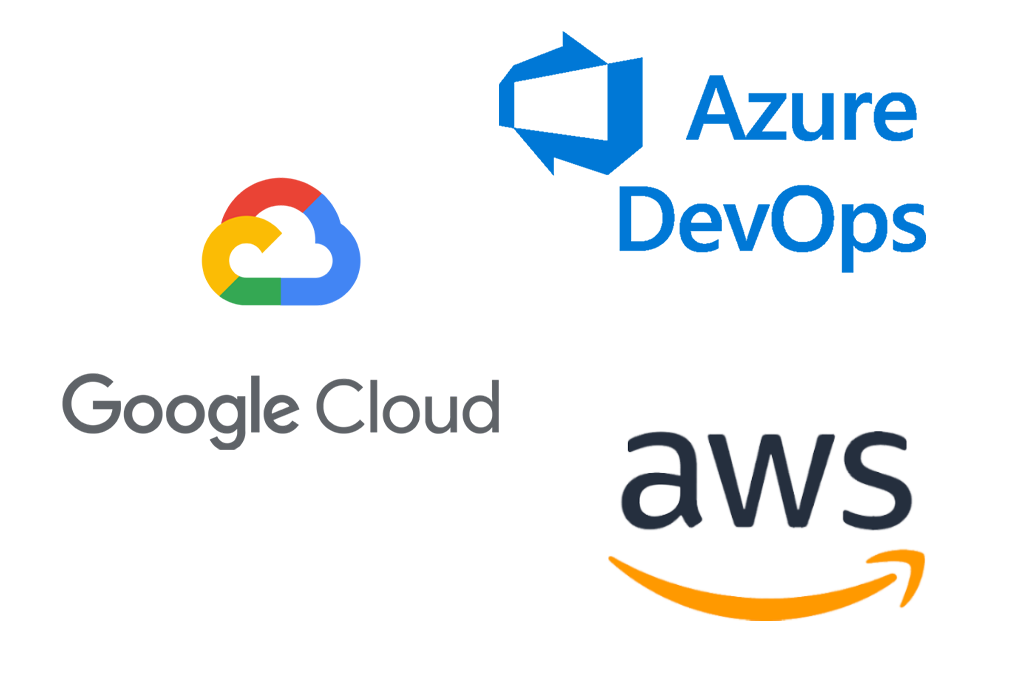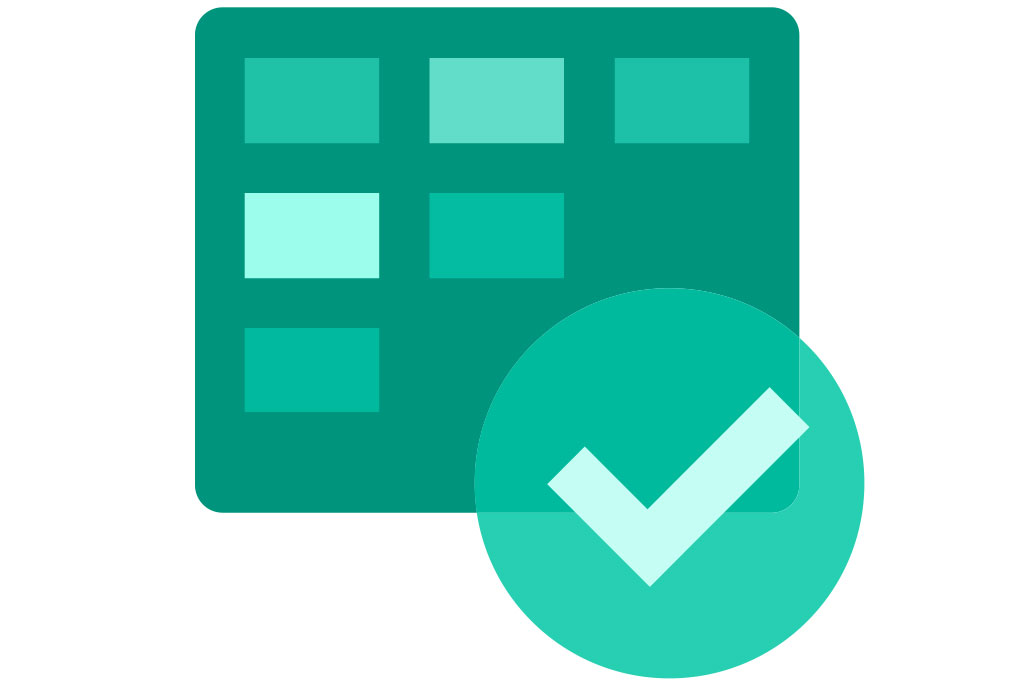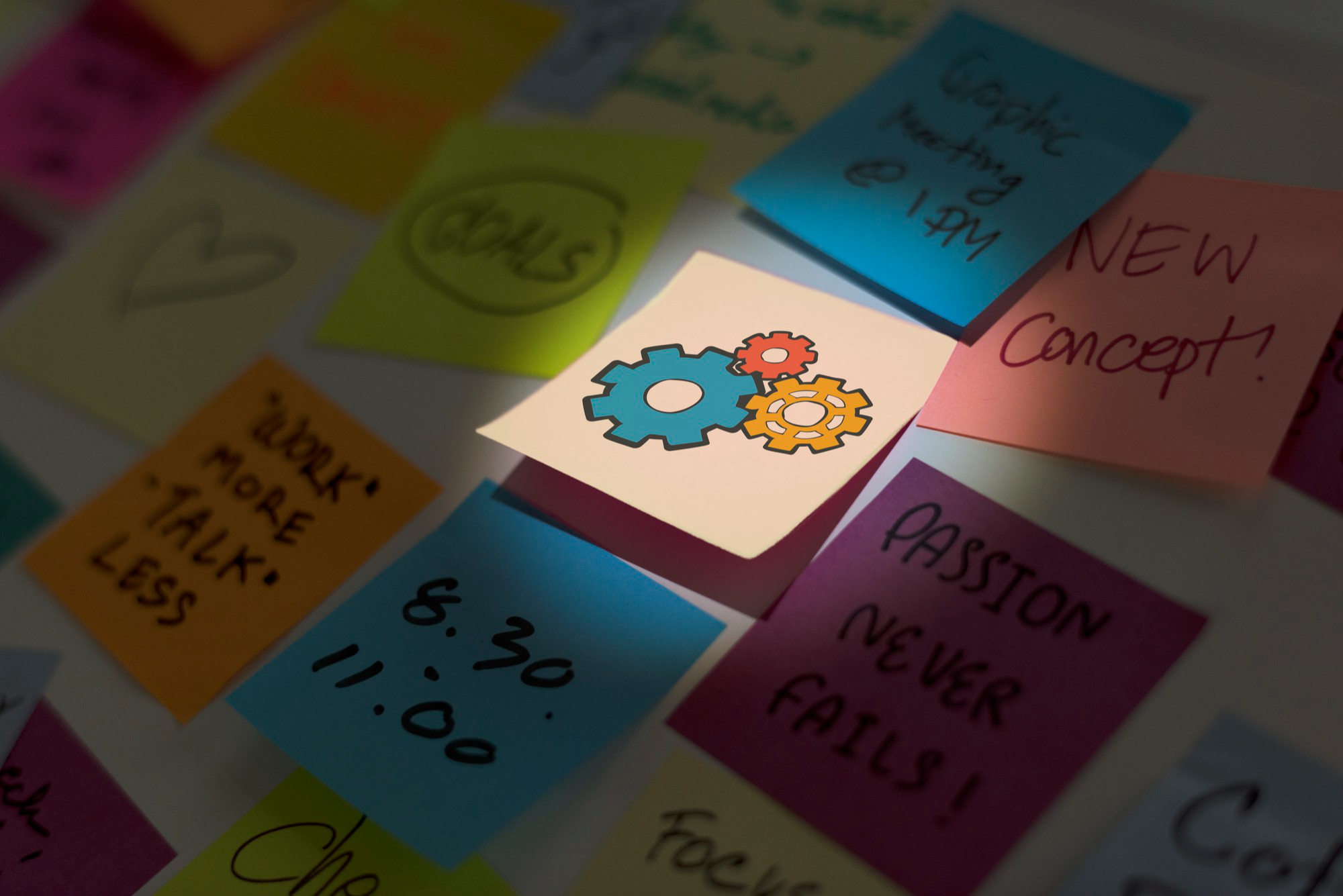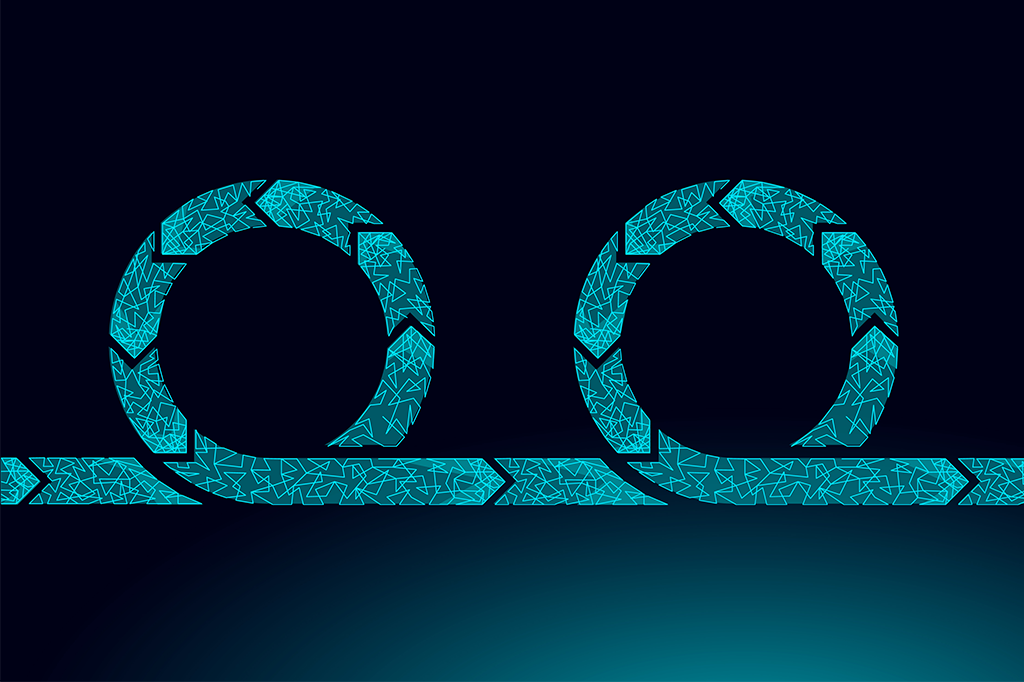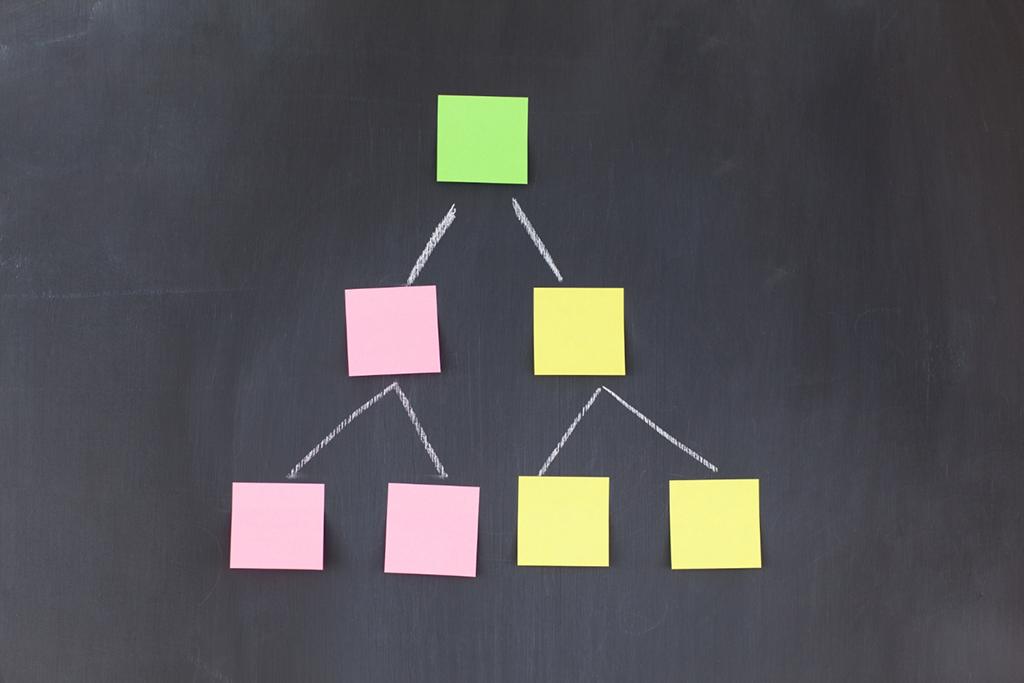
Azure DevOps facilitates the prioritization of pending work items in four default processes: Agile, Basic, Scrum, and CMMI. These items serve to plan and monitor the development of features and requirements, address code defects or errors, as well as manage issues or risks in the ongoing project. This structured and versatile approach allows for efficient and effective management of work across all aspects of the software development lifecycle.
Basic Process
The Basic process in Azure DevOps is a simple and flexible methodology that allows teams to manage their projects efficiently. It focuses on providing an easy-to-understand and use framework, ideal for small teams or less complex projects.
The Basic process in Azure DevOps offers three fundamental types of work items: Epics, Issues, and Tasks.
Issues are used to track detailed user cases, functionalities, or errors. A User Story is a brief and detailed description of how a user interacts with a system to achieve a specific goal.
Epics allow for logical and organized grouping of work into broader scenarios. They are ideal for managing multiple related features or requirements, providing a high-level view of the project’s progress.
For more detailed and granular tracking of work, tasks and issues can be added to an issue. Tasks represent the concrete actions that need to be taken to advance the project’s development, such as writing code, conducting tests, fixing bugs, or performing code reviews.
Agile Process
The Agile process in Azure DevOps is an agile methodology that enables software development teams to adapt quickly to changes and deliver value incrementally. It focuses on collaboration, flexibility, and continuous delivery, using practices such as iterative planning, frequent feedback, and prioritizing work based on customer value.
This process offers a hierarchy of four elements: Epics, Features, User Stories or Bugs, and Tasks.
User Stories and Tasks are used to track the team’s daily work and represent the smallest manageable units of work. Bugs are used to track and fix code defects found during the project’s development.
Features and Epics allow for grouping and organizing work into broader scenarios. Features group related user stories, while Epics provide a high-level view of the project’s progress by managing multiple related features or requirements.
In the Agile process, work starts by adding user stories and, if necessary, grouping them into features. Tasks can be associated with a user story for more detailed work tracking. In each work item, it is possible to describe the task, assign it to team members, track its status, and collaborate with other users through the discussion section.
Scrum and CMMI Processes
The Scrum process provides a specific and structured implementation of the Scrum methodology for those who wish to follow this methodology more rigorously.
The CMMI model focuses on continuous improvement of organizational processes to achieve higher levels of maturity in project management and software development processes.
The hierarchy of work items is the same as Agile, but user stories become Product Backlog Items in Scrum and Requirements in CMMI.
Additionally, in Scrum, Impediments can be defined, and in CMMI, Change Requests, Issues, Reviews, and Risks can be defined.
User Story States
Work items in Azure DevOps are subject to different states, which must be updated during item editing or by dragging the item on the Kanban board. These states are predefined according to the type of process used.
In the Basic process, the states are ToDo, Doing, and Done. In the Agile process, the states are New, Active, Resolved, Closed, and Removed. On the other hand, in the Scrum process, the states include New, Approved, Committed, Done, and Removed. Finally, in the CMMI process, the states are Proposed, Active, Resolved, and Closed.
Jira Issue Hierarchy
Jira Software offers a variety of work item types designed to identify and organize different types of activities. The integrated structure of work items comprises:
Epics: Represent high-level goals or large sets of work that can be broken down into smaller tasks.
Issues (Stories, Tasks, Bugs): Stories and tasks denote the activities necessary to achieve the goals set by the epics. Bugs, on the other hand, indicate obstacles that affect the progress of work or the project’s functioning.
Subtasks: Correspond to specific actions that must be completed to achieve a particular story, task, or bug. Subtasks are used to divide work into more manageable steps and can be added at any time during the project’s execution.
At QualitApps, we harness the power of Azure DevOps and its Agile approach, along with its various elements, to facilitate estimation, planning, documentation, management, monitoring, and time tracking in our projects. Additionally, our ISO 15504-12207 Level 3 certification demonstrates our commitment to excellence in software development project management.
When providing outsourcing services to our clients, our resources adapt agilely and flexibly to the specific management methodologies and tools of each client. This adaptability allows us to ensure seamless integration with our clients’ existing processes and effective collaboration in achieving their business objectives.

